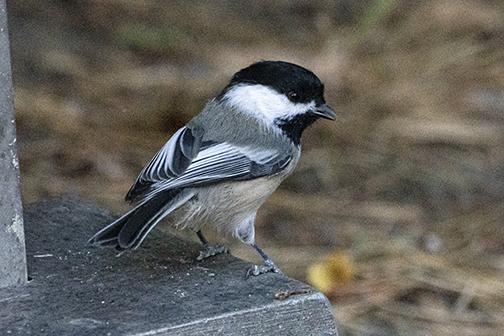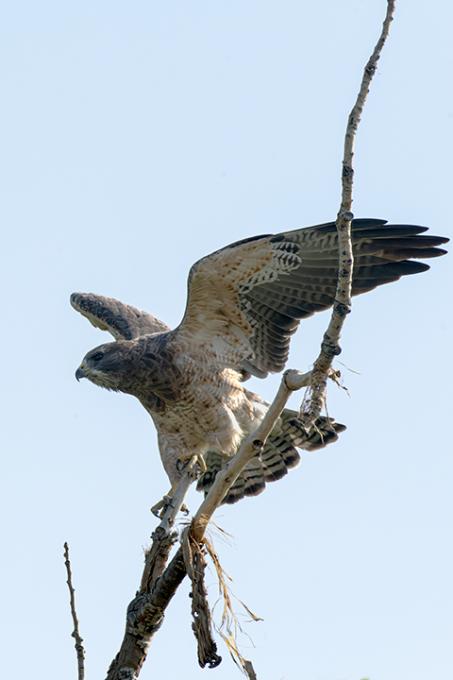Gail FK Chin
Forum Replies Created
Viewing 5 posts - 1 through 5 (of 5 total)
-
Gail FK ChinParticipantThere are still Canada geese and other northern shorebirds migrating through our area, but every day fewer and fewer. And taking photographs of birds in flight is a challenge! I have to understand the direction of the wind and the sun and where I can take my photographs without being blocked by bushes or getting my feet wet. Never mind having to know my birds too! I totally enjoy this challenge outside in the wild world, or fairly wild world. Here is one of my shots of the Canada geese. As well, I had this shot of an American tree sparrow which I edited twice. Once with the background with too much contrast and saturation and the second time when I held back the background that worked better.


 in reply to: Practice Capturing Birds in Flight #989956
in reply to: Practice Capturing Birds in Flight #989956 -
Gail FK ChinParticipantSparrows have never seemed very interesting compared to hummingbirds or exotic tropical birds. Also, I always assumed, incorrectly, that there was only one kind of sparrow, the House Sparrow. Since I started learning basic bird watching, I have learned that sparrows consist of many different types and some are quite exotic to my geographic area. Now I know that there is the White crowned, White throated, Fox, American Tree, Song, etc., etc. Lately I managed to photograph a very special northern sparrow, called the Harris's, which is entirely bred in Canada. It has very special markings and is larger than most other sparrows. The flow of northern sparrows during the fall migration usually marks the beginning of winter weather. And indeed the snow has now begun here. Pelicans, Swainson's hawks and warblers have left and my feeders are being visited by Blackcap chickadees, Redbreasted Nuthatches, Downy woodpeckers, Juncos, House Sparrows and some of northern sparrows. Using my camera with a 2500 shutter speed with them barely freezes their actions. There is a particular place in the local park where I know that there are different sparrows next to the lake, but with access to seeds and insects where I enjoy visiting.
 in reply to: Practice Gaining an Audience with Birds #988031
in reply to: Practice Gaining an Audience with Birds #988031 -
Gail FK ChinParticipantQuite often I cannot help but break with the rule of thirds. For example these ducks, mix of Ringed necks ducks with scalps (?), wigeon and gadwalls, are in a line on the lake. I took this image as evidence that they were part of the 2023 autumn migration through the city. Evidence and documentation are my primary goals with such an image. If I can manage a really nice photograph, such as those of real professionals, I am extremely happy and surprised. More successful with following the rule of thirds and of using the light, angle of view, and way of approach is this photograph of a Swainson's hawk. I had been watching the nest for several years. I knew what time they sort of did their search for food so I took my cameras and tripods to try to photograph them. This is one of the better portraits of a Swainson's hawk.

 in reply to: Practice Crafting Great Bird Photos #987426
in reply to: Practice Crafting Great Bird Photos #987426 -
Gail FK ChinParticipantInstead of the Swainson's hawk that is leaving for the winter, I think the Blackcap Chickadee is a better choice because it pretty much stays here all year. Also I searched for a quiet place to sit and search for birds with decent light. Outside yesterday I soon realized that even though it was still above +5C, I felt cold! If I feel cold now, then in a month or so, I'd probably get frost bite from being outside. From my home, chickadees come and feed at my suet blocks and I can sit comfortably. It is not what I would choose in warmer climes, but what comes to mind now as autumn is here. Chickadees were busy yesterday and it is time to wash and set up my suet feeders again. I took these images of some autumn and winter birds that are common to my area in Canad. My cameras are Sony 7R4 with 100-400mm lens + 1.4x teleconverter and NikonD850. Blackcap chickadee, junco and Harris sparrow are my images here.

 a
a in reply to: Practice Understanding Birds for Better Photos #985758
in reply to: Practice Understanding Birds for Better Photos #985758 -
Gail FK ChinParticipantI chose the Swainson's hawk because it is a prairie bird and a pair lives within walking distance from my home. It is a large bird easy to spot. Here they are very common. But I am unsure about working on these hawks as it is migration time for them now. They will be gone all winter and it is a very long winter on the prairies. Nuthatches, chickadees, house finches and house sparrows are what stay. So I will probably change to something that I can photograph over the winter in order practice the various techniques taught in this course.
 in reply to: Practice Understanding Birds for Better Photos #985640
in reply to: Practice Understanding Birds for Better Photos #985640
Viewing 5 posts - 1 through 5 (of 5 total)

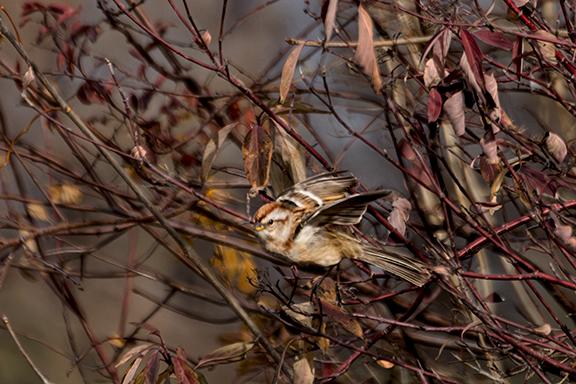
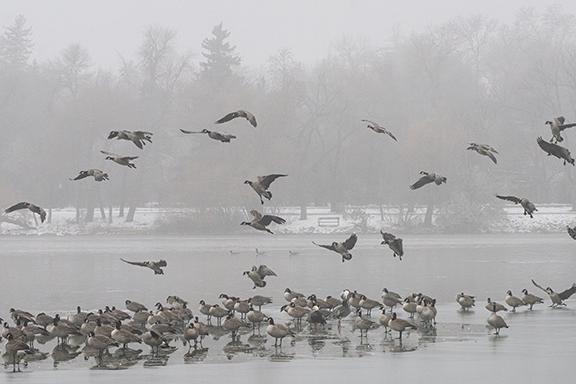
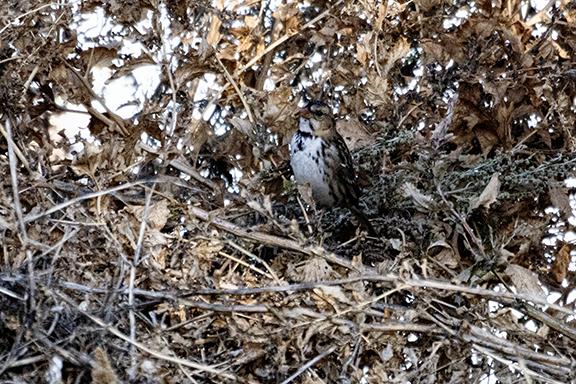

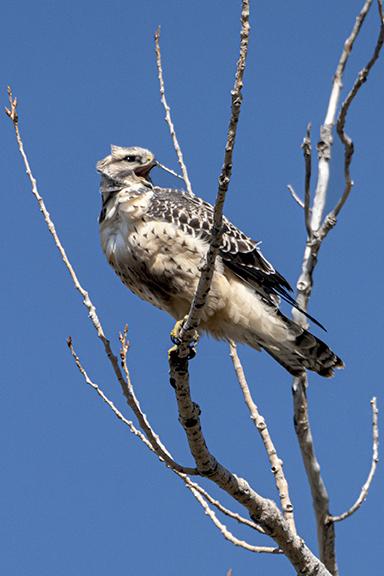

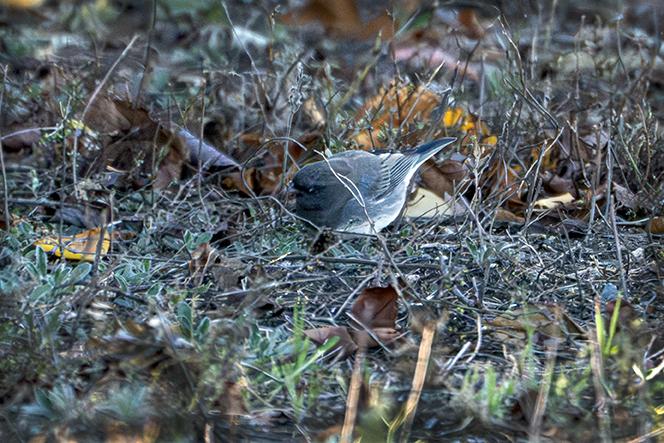 a
a